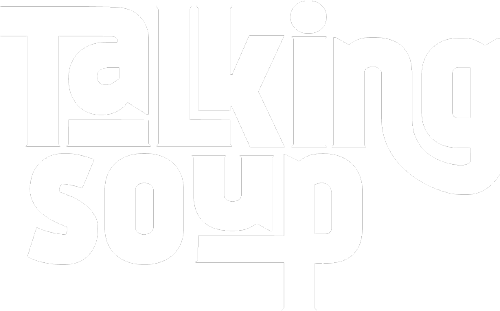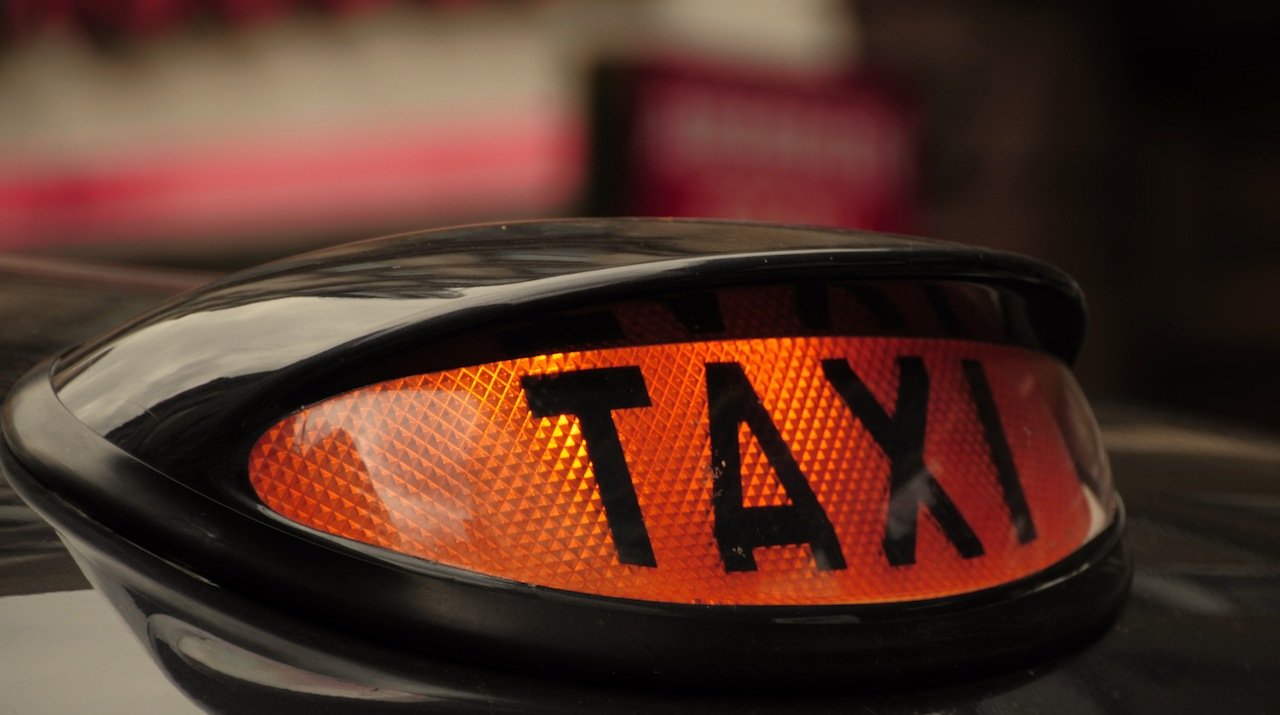The death of Freddie Gray, Jr. last month sparked nationwide protests across the USA in a stand against the rising problem of police brutality and the use of unreasonable force, especially towards the African-American community. Across the country, in Oakland, CA, reporter and activist Joseph Meehan, joined the protest.
I arrive by bike. Jessie and I pull up behind the protesters at 10th and Broadway in downtown Oakland. Before we could get to the march, however, we had to pass through one of the largest gatherings of police I have seen in my life. Police march in formation on the ground with a small tactical vehicle behind, followed by a number of cruisers and paddy wagons, two of which are filled to the brim with more riot gear-clad police. Cops on dirt bikes zoom around the protest, and up and down the surrounding blocks.
A crowd nearing the thousand mark has gathered in downtown Oakland to show solidarity for the protests in Baltimore regarding the murder of Freddie C. Gray, Jr. The protest column is marched right up against another line of police in riot gear: face shields, body armor, knee and elbow pads. The police are ready for action. Before the end of the night the people will give them more than enough. For now though, the police are blocking the way to the freeway, a common route for protesters.A woman boldly proclaims the crimes of their brethren in arms before breaking down into tears. A man steps out of the crowd to console her. The police look on, impassive.

A chant breaks out among the crowd:
Fuck the police
Fuck the police
Fuck the police
Fuck the police.
There is a rich history of demonstration and protest here. From the founding of the Black Panther Party to the more recent Occupy Oakland demonstrations, Oakland has been and will remain an activist city. I myself have been active in attending, participating and reporting on many protests and demonstrations in my time living here. For Jessie on the other hand, this is her first experience. It will turn out to be an exciting one.
The march completes a circuitous route through Chinatown to return downtown. But before leaving Chinatown, something loud and dangerous-sounding goes right through front window of Chinatown Wells Fargo branch and glass comes crashing down to the ground.
More chants:
“No justice, no peace, no racist police.”
“From Baltimore to the Bay, these killer cops have got to pay.”
“From Oakland to Baltimore, we won’t take it anymore.”
All this time, the cops are following behind us in formation. Every time I look back there is a line of cops from one sidewalk to the other. It is a scary sight as cops on dirt bikes ride away, dropping flares as they go to cordon off the intersections. Though not for the first time, I would witness an exercise of the same brutality and militarization that has characterized civil forces across the country.
Back on Broadway and headed north through Downtown, chants are going up and the march continues. The police stop traffic in all directions. I hear another loud and hollow boom that sounds exactly like the Wells Fargo window before it broke, but there is no sound of crashing glass this time. The booms continue and finally the plate glass of Chase Bank cracks and slides to the ground, shattering over the sidewalk. More destruction. And it won’t be the last of the night.
Another hollow boom to my left, and this time I am feet away from a protester clad in all black with a bandanna covering his face. He smashes his wooden baseball bat into the windows of an independent bookstore with a bat. A girl next to me cries out:
“Not there. This is our community!”
“WHAT?” He challenges her to say it again.
Bravely, facing a man twice her size wielding a wooden baseball bat, she shouts in his face
“This is our community. This is YOUR community. Not there.”
“WHAT?” He challenges her again.
“OUR COMMUNITY.”
She isn’t backing down, and he gives up and stalks off. Something tells me he will be back at it before long. There are always a few bad seeds who are out to cause nothing but trouble. Protests turning violent and destructive still sends a strong message, but a far and away different message than that of “Please stop killing innocent black people” or “Police brutality has gotten out of control.” It is a message with less thought, more emotion.
The march continues down Broadway and eventually veers to the left up Telegraph Avenue. Dumpsters are pulled out into the street and flipped to slow the cops. An errant flare is used to light a plastic trash can on fire, which promptly goes up in flames and melts over the asphalt. As the first flames begin to spit out of the top of the garbage bin the crowd cheers.
Like a battering ram, the march ran straight up Telegraph Ave and into the heart of ‘First Friday’, Oakland’s weekly pop-up street food and art fair, exposing a great deal more people to what was going on that night other than the art walk and food trucks.
The march passes through unscathed only to be met with heavy police presence on the other side. On-ramps to the freeway are only a couple of blocks away, and the police know this, so they stop the march within view of the ever-tantalizing highway on-ramp. We turn east on what I think is 28th Street and head uphill to return to Broadway and onto the tantalizing targets that line the sidewalks of Auto Row. The protest will not remain non-destructive for much longer.
From the top of a steep slope I get a good view of just how large the march is.

At the back of the column, I see cops blocking off the way to the highway heading south, some of them splattered with the yellow paint that coats the asphalt around them.
As soon as we turn onto Broadway I hear the crunch of glass. I look to my left and see, in the midst of a row of cars parked in a dealership lot, a car on fire. Small flames engulf the tire and are melting it, while more lick the air through the crack between the fender and hood. Someone has gone from car to car to car in the lot and bashed in each and every windshield. The plate glass windows of the dealership’s building are busted out, jagged pieces of glass still clinging to the window frame. From my place at the back of the march I only see the aftermath of the people ahead of me.
Where Broadway intersects with Piedmont Avenue a large corner building is occupied by another car dealership and more plate glass. These windows do not last long. Hurrying on, catching up to the marchers and being rushed by the cops alike, I hear a woman’s voice over a loudspeaker.
“I am a peace officer for the City of Oakland. I hereby declare this to be an unlawful assembly, and in the name of the people of the State of California, command all those assembled at the intersection of Broadway and Piedmont Avenue to immediately leave. If you do not do so, you may be arrested or subject to other police action, including the use of force which may result in serious injury. Section 409 of the Penal Code prohibits remaining present at an unlawful assembly. If you remain in the area just described, regardless of your purpose, you will be in violation of Section 409. The following routes of dispersal are available: You may move South on Broadway. You have five minutes to leave. If you refuse to move, you will be arrested. If you refuse to move, chemical agents will be used.”
She repeats herself every 30 seconds until the five minutes are up.
A sudden flurry of activity amidst yelling and clamoring and to my right. I see two police officers zip-tie a young man’s hands and carrying him off to one of the paddy wagons. He disappears from sight. The police begin to force everyone out of the area. They inch closer and closer, constantly yelling “MOVE” until people do just that. Unwilling to move until I can grasp my girlfriend’s hand, one of them looks at me and yells “MOVE” directly in my face.
My Southern diction has a tendency to kick in at times like these, and I spit back in his face,
“I ain’t going nowhere without her!”
I grab Jessie by the wrist and hold on tightly, determined not to lose her in the panicked crowd.
“MOVE,” I hear from behind me again, and this time the cop puts a hand on my backpack and shoves me forward. At this point you make a decision: Do I stand up for my right not to be handled and shoved like an animal and end up in the back of the paddy wagon with the other young man? Or do I move along with the rest of the crowd, ignoring the shove? Not wanting to leave my girlfriend alone in this mess, I ignore the shove, choosing to be free for the night.
A part of me wishes I had spit right in the cop’s face and told him to keep his dirty pork fingers the fuck off of me.
We have two minutes to disperse. The crowd has somehow shrunk and only about 100 people remain here on this side of the police line. More and more people slowly move off into the night, shocked, angered, disappointed.
Jessie and I walk our bikes back over to the first car dealership to see the remains of the flaming car. It was taken care of fairly quickly and only minimal outer damage is visible. The night is relatively quiet, only a few protesters still mill around the general area. We listen to the broken plate glass windows. Pieces of them fall to the ground noisily from time to time, all the while creaking and groaning in the cool summer breeze.

photographs by Jessie Hoye






